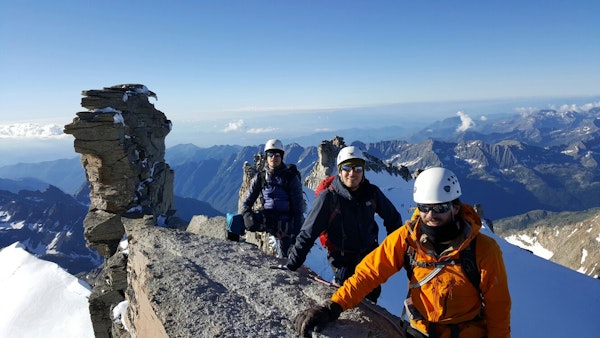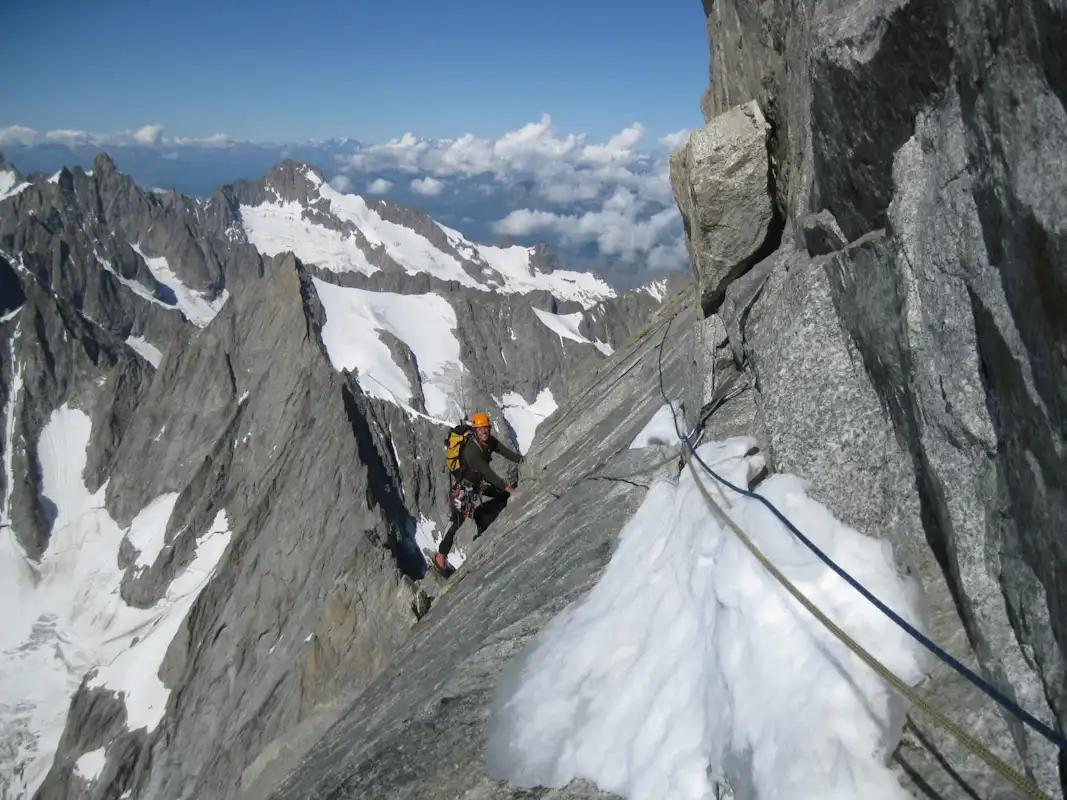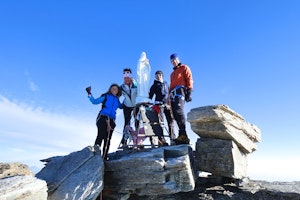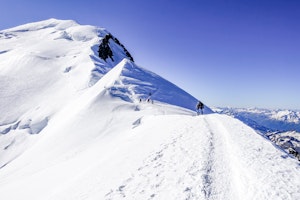Mountaineering, also referred to as mountain climbing or alpine climbing (when it takes place in the Alps), is the sport of traversing a mountain. It often involves going through different types of terrains and combining skills from other disciplines (like rock climbing & ice climbing), with the goal of reaching the summit and returning down safely. Depending on the height of the mountain, the technical difficulties of the climb and the conditions of the terrain (weather, snow), climbing a mountain may be more or less challenging.
So, how do you know if you are prepared to climb a certain mountain?
Mountaineering grading systems are different scales used to measure the level of difficulty of a given mountain ascent. As it happens with rock climbing grades, there are different classifications throughout the countries. One of the most popular grading systems worldwide, however, is the French Alpine Grades.
This system establishes 6 levels of difficulty for mountain ascents, based on the seriousness of the route, its length, altitude, technical difficulty, the grade of commitment it involves and the dangers that you may encounter (regarding weather conditions and protection of the route).

According to the French Alpine Grades, mountaineering routes can be classified as:
- F: Facile/Easy. These routes involve easy glacier travel and may require some rock scrambling. Except for the glacier sections, you can often climb ropeless.
Gran Paradiso (4,061 m) is the highest mountain located entirely in Italy and a classic objective for those who are taking their first steps in mountaineering. Keep reading all about this classic mountain ascent! When you are ready, pick a guide that takes you right to the summit of Gran Paradiso.
- PD: Peu Difficile/a little difficult. These routes involve some technical climbing sections and glaciers of higher difficulty. There may also be some short sections of steep terrain. They are good introductory climbs for beginners.
The normal route to Mont Blanc (4,810 m) is classified as PD. Keep reading to find out more about this iconic ascent and check out all our options to climb Mt Blanc with a guide.
- AD: Assez Difficile/fairly hard. These are physically demanding routes for experienced alpine climbers. They usually have steep and exposed climbing sections or snow/ice slopes over 50°. The descents are long and more complicated, and most of the route requires to be roped.
Climbing Matterhorn (4,478 m) via the Hornli Ridge is classified as an AD+ ascent. Click here to book a certified guide for this ascent or read everything about climbing Matterhorn.
- D: Difficile/difficult. These routes involve sustained rock climbing, ice climbing or snow travel. They are considered a significant undertaking and demand a huge commitment.
Reaching the top of Eiger via the Mittelligi ridge is a challenging D route. Learn more about this impressive mountain of the Bernese Oberland or book a guided trip to the summit!
- TD: Très Difficile/very difficult. Highly technical climbs that involve long distances, remote locations, and hard multi-pitch climbing sections. Besides, there are often other hazards like bad weather (extreme cold, strong winds) or poor protection on the routes.
Together with Eiger and Matterhorn, Les Grandes Jorasses boasts one of the most iconic north faces of the Alps, a challenge reserved to extreme mountaineers. Here's a guided trip to climb a TD route in the north face of Les Grandes Jorasses.
- ED: Extremement Difficile/extremely difficult. These are extreme climbs (the most difficult in the world, actually!) with continuous difficulties. They take several days to be completed.
- ABO: Abominablement difficile (Abominable). This category is reserved for the most impossible and dangerous climbs.
Now that you know how mountaineering grades work, it's time to start thinking of your next adventure.
Find some amazing ideas on this blog post about the best summits for beginners in the Alps.








